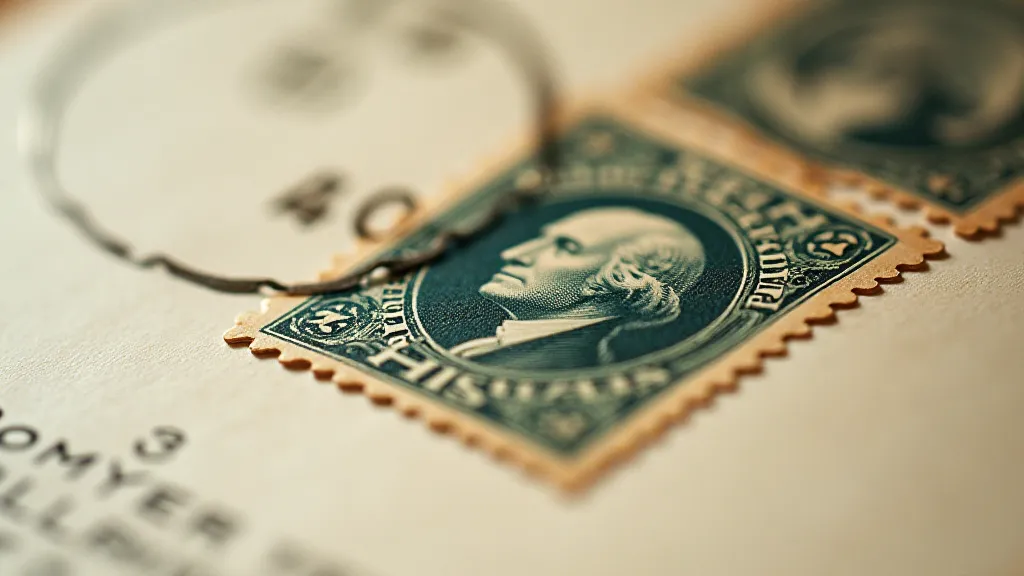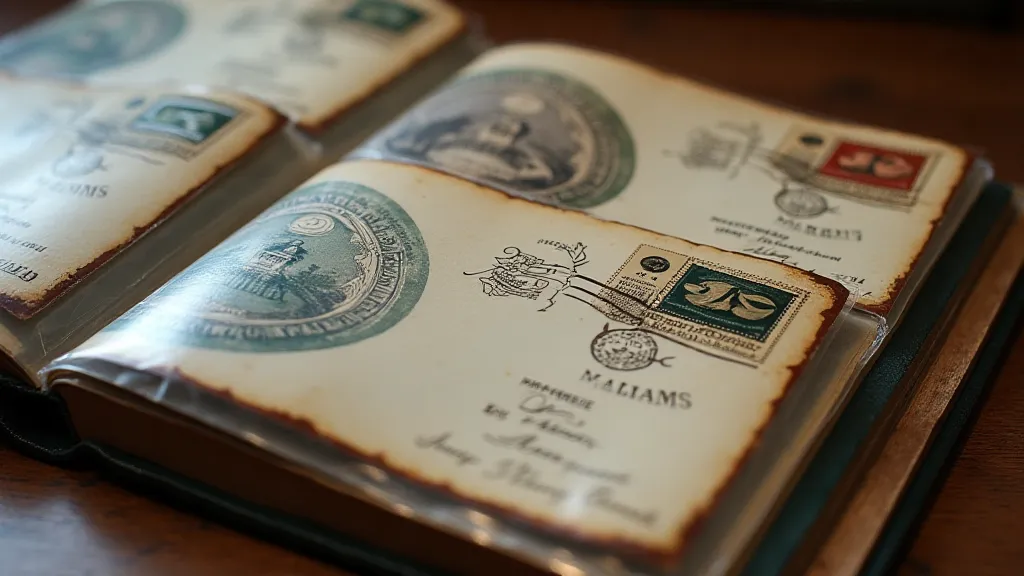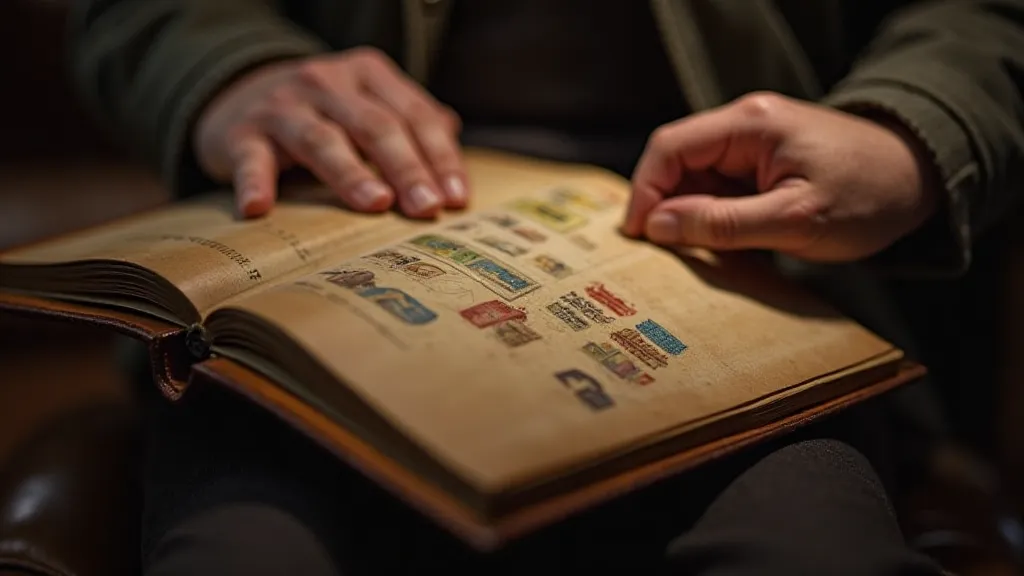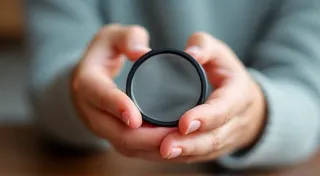A Tapestry of Time: Weaving Together First Day Covers and National Identity
The quiet rustle of paper, the crisp scent of aged ink… these sensations transport me, instantly, back to my grandfather’s study. It wasn't the antique furniture or the leather-bound books that captivated me, though. It was his collection of First Day Covers (FDCs), carefully organized in thick albums, each one a miniature window into a moment in history. He wasn’t just collecting stamps; he was collecting stories, preserving fragments of a nation's evolving identity.
For the uninitiated, a First Day Cover isn't merely a letter with a stamp. It’s a stamp affixed to the mail, postmarked on the day it was first released – a tangible record of that inaugural moment. It's a powerful testament to the intersection of postal history, graphic design, and national pride. Think about it: the very act of issuing a new stamp involves decisions about design, printing, and distribution. These decisions aren't made in a vacuum; they’re reflections of the nation's values, aspirations, and evolving understanding of itself.
The Birth of a Tradition
The modern FDC as we know it started relatively recently, with the United States Postal Service's (USPS) formal program beginning in 1896. While earlier stamps had been used, the USPS didn't actively promote the collection of these “first day” occurrences until the late 19th century. Initially, the purpose was largely promotional – to generate excitement around new stamp releases. But collectors quickly recognized the inherent value of these covers, appreciating not only the beauty of the stamps themselves but also the unique postal markings that signified their inaugural appearance.
Early FDCs are particularly prized. Consider the 1896 2-cent Washington stamp, the first to be officially recognized with a First Day Cover program. The scarcity of these early covers, combined with the growing popularity of stamp collecting, has driven up their value significantly. Imagine holding a piece of postal history that directly links you to the dawn of a collecting phenomenon – it's a humbling experience.

Beyond the Design: Crafting a National Narrative
The design of a stamp – and the accompanying First Day Cover – is far more than just an artistic exercise. It's a carefully considered representation of national identity. Early US stamps often featured portraits of founding fathers – Washington, Jefferson, Lincoln – solidifying their place in the American pantheon. As the nation evolved, so did the subject matter. Commemorative stamps celebrated historical events, technological advancements, and cultural achievements – all contributing to a collective understanding of what it means to be American.
Think about the series of stamps honoring African American historical figures, the space exploration series, or the artistic tributes. Each one tells a story, reinforcing values and sparking conversation. The design choices – the colors, the typography, the imagery – are all imbued with meaning, reflecting the nation’s aspirations and its understanding of its place in the world.
My grandfather, a history teacher by profession, would spend hours explaining the context behind each stamp. He’s shown me how stamps can be a gateway to understanding the nuances of a historical period. A stamp honoring the Louisiana Purchase wasn’t just about land acquisition; it was about westward expansion, Manifest Destiny, and the complex legacy of Native American displacement. It was a lesson in nuance, delivered through a small, beautifully designed piece of paper.
The Collector’s Eye: Condition and Value
For serious FDC collectors, condition is paramount. A pristine First Day Cover, with a clear postmark and undamaged gum on the stamp (if it hasn't been used), commands a significantly higher price than one that’s been handled roughly or is missing key elements. The paper quality itself matters. Early FDCs often used higher quality paper stock, which ages more gracefully and contributes to their overall appeal.
Rare stamps, of course, will always be valuable. However, the scarcity of a specific First Day Cover can elevate its value even further. Limited print runs, postal errors (like incorrect postmark locations), or unique cancellations can all significantly increase the desirability of a particular cover. Restoration is a complex topic. While minor cleaning might be acceptable in some instances, extensive restoration can devalue a cover, as it compromises its authenticity and originality. The provenance—the history of ownership—can also play a role in determining value, particularly for highly sought-after examples.

A Fragile Legacy: Preservation and Appreciation
The preservation of First Day Covers is an act of cultural stewardship. These aren't just pieces of paper; they're tangible links to the past, windows into a nation’s evolving identity. Proper storage is crucial. Acid-free sleeves and albums are essential for preventing deterioration. Avoiding direct sunlight and extreme temperature fluctuations will also help to prolong their lifespan.
But collecting FDCs isn’t just about accumulating valuable assets. It’s about connecting with history, appreciating artistry, and understanding the complex story of a nation. It's about holding a piece of that story in your hand, feeling the weight of the past, and appreciating the craftsmanship that went into creating something so small yet so significant.
My grandfather is gone now, but his collection remains. It’s a legacy that I cherish, a tangible reminder of his passion for history and his appreciation for the beauty and significance of First Day Covers. He taught me to look beyond the stamp itself, to see the story it told, and to appreciate the profound connection between postal history and national identity. It’s a lesson that continues to resonate, reminding me that even the smallest of objects can hold the greatest of stories.






